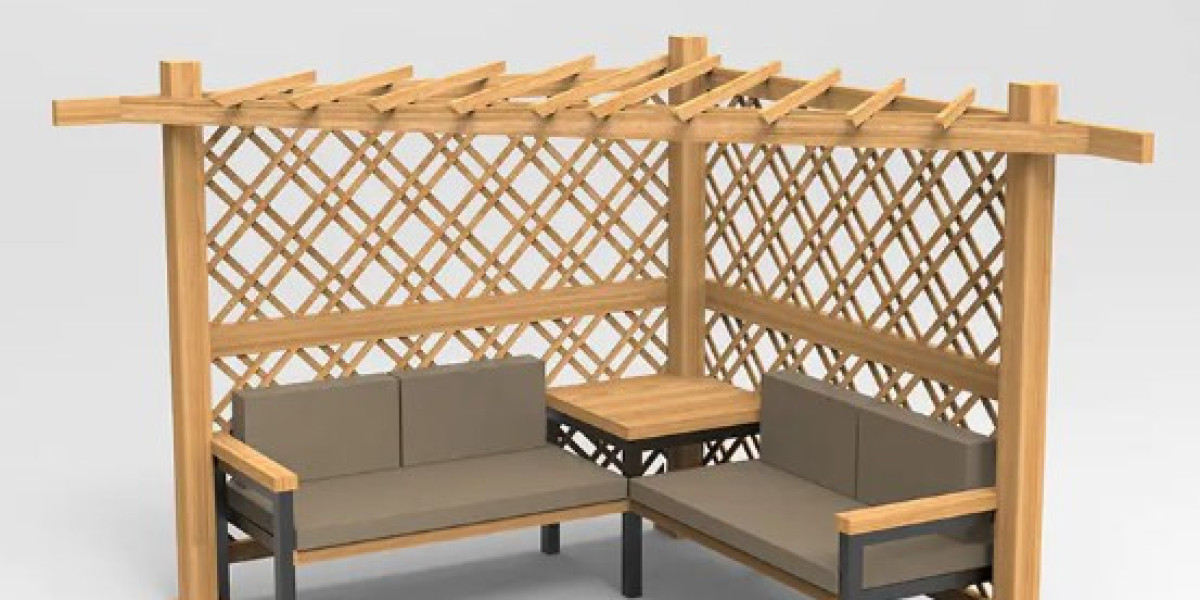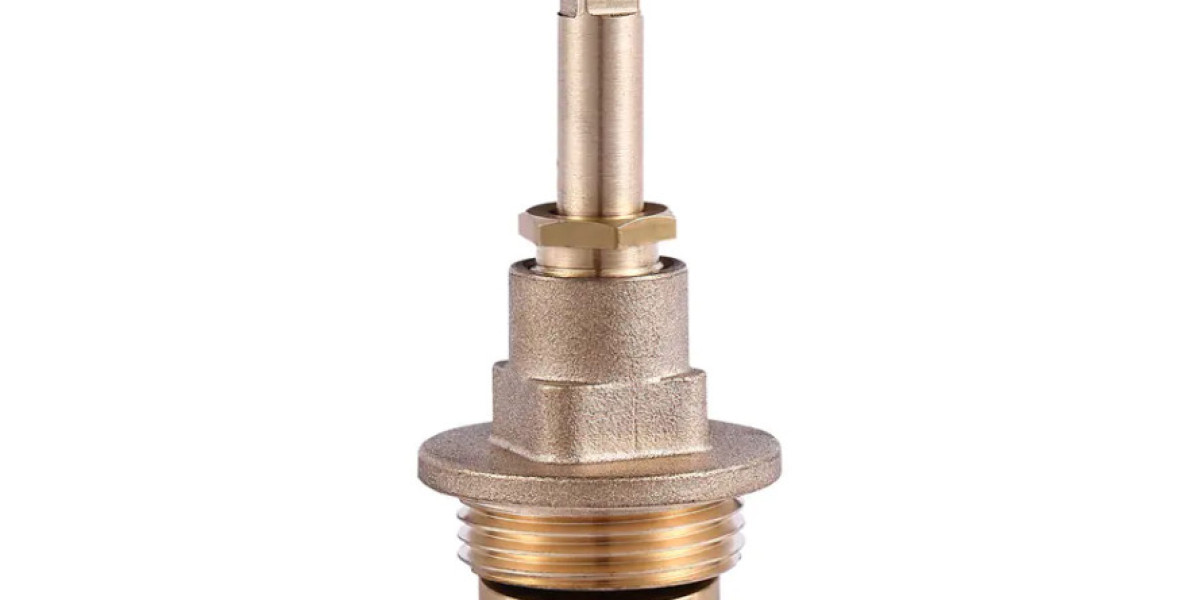A common concern for outdoor wooden structures, especially those meant to add aesthetic and functional value to a backyard or garden, is how they hold up under extended exposure to sunlight. One frequently asked question is whether a wooden patio gazebo is prone to fading or discoloration when exposed to harsh UV rays over time. The answer, in most cases, is yes — natural wood, while beautiful and durable, is still vulnerable to the effects of ultraviolet radiation, which can alter its color, texture, and finish without proper protection and maintenance.
When wood is left unprotected under constant sun exposure, the ultraviolet (UV) rays break down the lignin in the wood's cellular structure. Lignin is the natural compound that holds wood fibers together and gives the material its strength and original coloration. As it degrades, wood fibers become dry, brittle, and pale in appearance. The once-rich tones of cedar, redwood, or pine can quickly shift to a dull, silvery gray if left untreated. While this weathered look is sometimes considered aesthetically pleasing, it may not be the desired outcome for all homeowners.
The type of wood used in the construction of the gazebo plays a significant role in how quickly fading occurs. Some woods, like teak and red cedar, contain natural oils that offer a degree of UV resistance. However, even these woods will eventually show signs of fading if they are not properly sealed. On the other hand, lighter or softer woods may begin to lose their vibrancy much sooner unless regularly maintained.
Protective treatments can significantly slow down the fading process. One of the most effective methods involves applying UV-resistant stains or sealants. These coatings form a barrier between the wood and the sun, preventing direct UV penetration and helping the structure retain its original color longer. Semi-transparent stains are often preferred because they protect while still allowing the natural grain to show through. Some outdoor wood finishes also contain mildewcides, which help prevent moisture-related discoloration that can accompany sun damage.
Routine maintenance is crucial to prolong the appearance and life of the structure. Cleaning the gazebo periodically and reapplying a quality UV-blocking wood treatment every one to two years can help maintain its appearance even in sunny climates. Areas exposed to full-day sunlight may require more frequent touch-ups than those partially shaded by trees, buildings, or retractable covers.
Design strategies can also reduce sun damage. Installing the gazebo in a location that receives partial shade, or equipping it with curtains or a canopy, can reduce direct UV exposure. Some homeowners opt to install climbing vines or lattice panels that not only add charm but also offer a natural shading effect. These additions help shield the wood surfaces from excessive sun while improving temperature comfort underneath the gazebo.
In summary, fading is a natural outcome of long-term sunlight exposure for any outdoor wooden structure, but it is neither immediate nor inevitable. With the right materials, finishes, and maintenance practices, the color and integrity of the structure can be preserved for many years. Whether a homeowner desires a natural patina or wants to preserve the original hue, understanding and managing the impact of UV rays is key to maintaining the beauty of a gazebo over time.
Product: Wooden Patio Gazebo
Material: Fir wood
Overall Dimension: 118"L x 118"W x 94.5"H
Column Spacing: 78.75"
Eaves Height: 84.25"
Item Label: 84C-284



